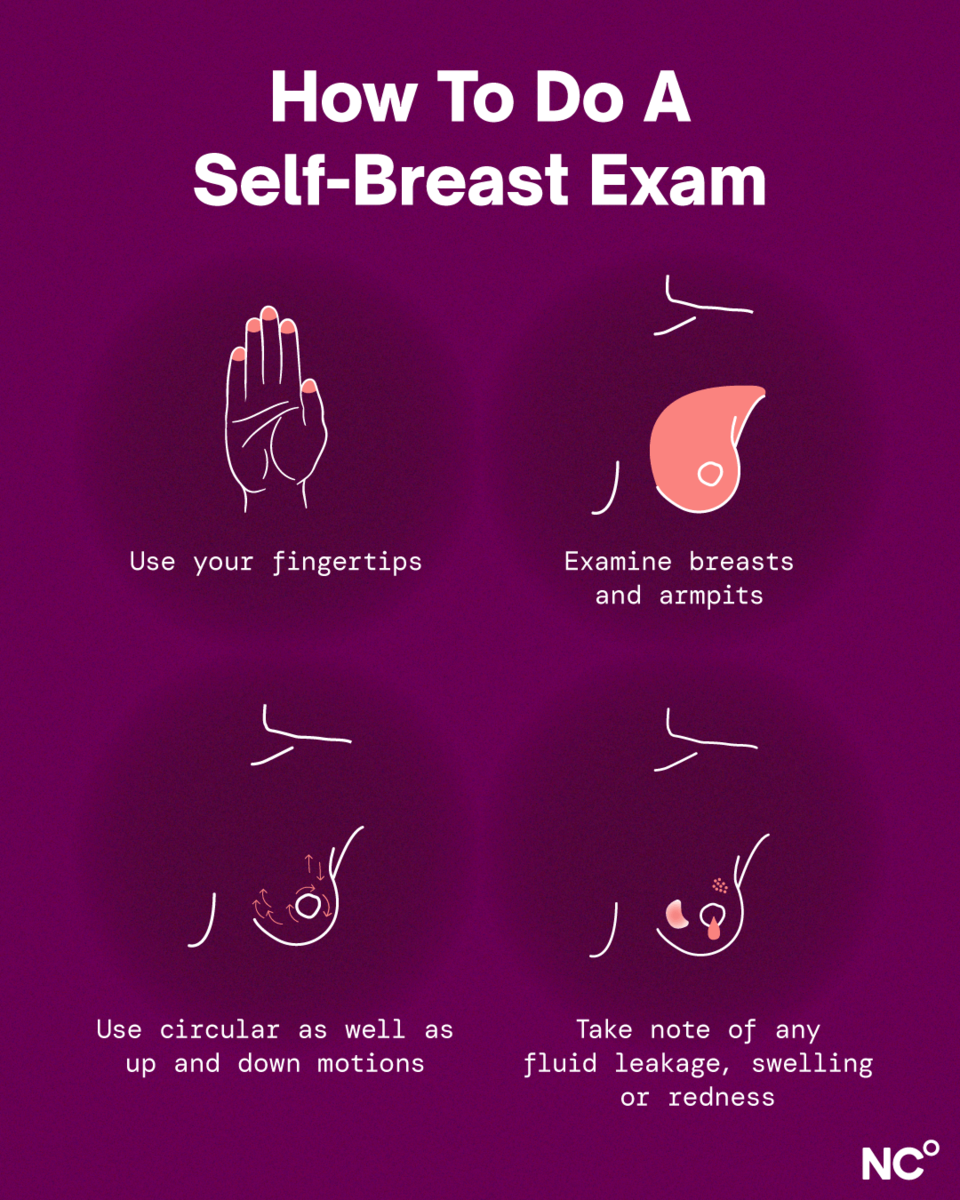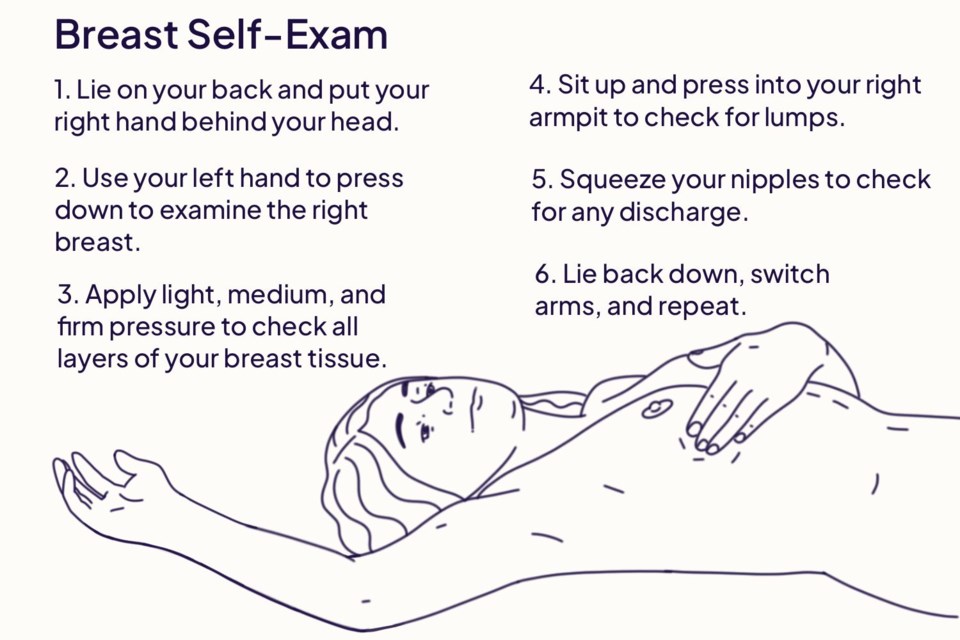LADIES, October is Breast Cancer Awareness Month, a time dedicated to raising awareness about the disease and promoting early detection. One of the most effective ways to monitor your breast health is through regular breast self-exams (BSE). Understanding how to perform a self-exam can empower you to take control of your health and potentially catch any abnormalities early.
WHY ARE BREAST SELF-EXAMS IMPORTANT?
Breast self-exams are a crucial tool for breast health. They help you become familiar with the normal look and feel of your breasts, making it easier to notice any changes. While self-exams are not a substitute for professional screenings, they can complement regular mammograms and clinical exams, especially in between appointments.
WHEN TO PERFORM A BREAST SELF-EXAM
The best time to perform a breast self-exam is a few days after your menstrual period ends, as your breasts are less likely to be swollen or tender. If you are postmenopausal, choose a specific day each month to make it a regular part of your routine.
STEP-BY-STEP GUIDE TO PERFORMING A BREAST SELF-EXAM
FIND A COMFORTABLE SPACE: Choose a well-lit area where you can relax. You can perform the exam in front of a mirror or lying down.
VISUAL INSPECTION: Stand in front of a mirror with your arms at your sides. Look for any changes in the size, shape, or contour of your breasts. Raise your arms above your head and check for the same changes. Look for swelling or lumps, changes in skin texture (dimpling, puckering), discolouration or unusual redness, and any discharge from the nipples.
PHYSICAL EXAMINATION
LYING DOWN: Lie on your back with a pillow under your right shoulder. Use your left hand to examine your right breast. Using the pads of your fingers, apply light, medium, and firm pressure in a circular motion. Cover the entire breast area and armpit.
STANDING UP: While standing or in the shower, repeat the process. Many people find it easier to perform the exam while their skin is wet and slippery.
CHECK FOR CHANGES: Pay close attention to any new lumps, bumps, or changes in your breasts. It’s normal for breasts to have some lumps, especially during menstruation, but any new or persistent changes should be discussed with a healthcare professional.
If you notice any changes during your self-exam, don’t panic. Many breast changes are benign, but it’s essential to consult a healthcare provider for further evaluation. Early detection is key, and many breast conditions, including cancer, are most treatable when caught early.
To promote breast health, consider setting a reminder on your calendar to perform your breast self-exam monthly. During Breast Cancer Awareness Month, share what you’ve learned with friends and family to help raise awareness and encourage others to perform self-exams.
Breast self-exams are a simple yet powerful way to take charge of your breast health. By incorporating them into your routine, you not only familiarize yourself with your body but also contribute to the larger goal of early detection and awareness during Breast Cancer Awareness Month. Empower yourself and others—knowledge is the first step in the fight against breast cancer!




